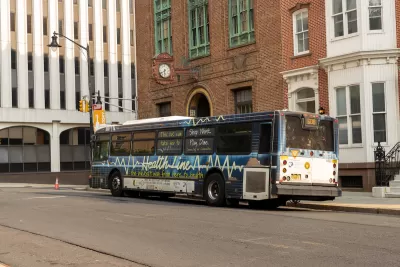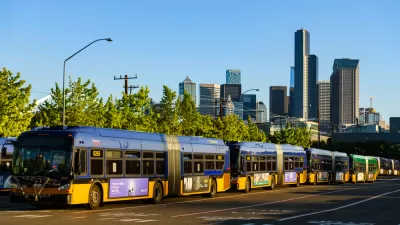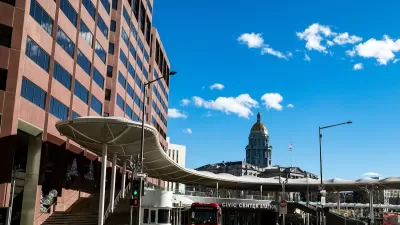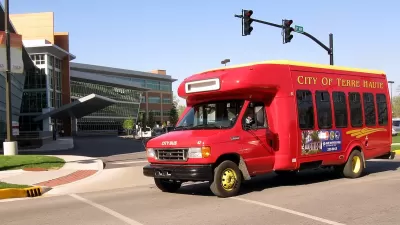Riders say the cost increase is not reflected in the system’s service.

New Jersey’s transit agency, NJ Transit, is proposing a 15 percent fare increase, a change riders and advocates say will put a strain on the most transit-dependent residents. “The proposed increase would raise the cost of a one zone bus fare from $1.60 to $1.80, a trip from Jersey City to the Port Authority bus terminal in New York would increase from $3.50 to $4, bus fare from Toms River to New York City would rise from $21.25 to $24.40, according to agency documents.”
Of concern is that low-income local bus riders would be hardest hit by this fare increase because it charges the poorest riders the full percentage of the increase. Past fare increases spared local bus riders from the full percentage of fare hikes in 2010 and 2015.
As Larry Higgs explains for NJ.com, the proposal would also raise the fare by 3 percent annually after the initial increase. “It also would end the discounted FlexPass ticket and put a 30-day limit on the life of tickets, which now don’t expire.”
FULL STORY: 15% NJ Transit fare hike would be a ‘huge burden’ on working New Jerseyans, riders say

Study: Maui’s Plan to Convert Vacation Rentals to Long-Term Housing Could Cause Nearly $1 Billion Economic Loss
The plan would reduce visitor accommodation by 25,% resulting in 1,900 jobs lost.

Alabama: Trump Terminates Settlements for Black Communities Harmed By Raw Sewage
Trump deemed the landmark civil rights agreement “illegal DEI and environmental justice policy.”

Why Should We Subsidize Public Transportation?
Many public transit agencies face financial stress due to rising costs, declining fare revenue, and declining subsidies. Transit advocates must provide a strong business case for increasing public transit funding.

Paris Bike Boom Leads to Steep Drop in Air Pollution
The French city’s air quality has improved dramatically in the past 20 years, coinciding with a growth in cycling.

Why Housing Costs More to Build in California Than in Texas
Hard costs like labor and materials combined with ‘soft’ costs such as permitting make building in the San Francisco Bay Area almost three times as costly as in Texas cities.

San Diego County Sees a Rise in Urban Coyotes
San Diego County experiences a rise in urban coyotes, as sightings become prevalent throughout its urban neighbourhoods and surrounding areas.
Urban Design for Planners 1: Software Tools
This six-course series explores essential urban design concepts using open source software and equips planners with the tools they need to participate fully in the urban design process.
Planning for Universal Design
Learn the tools for implementing Universal Design in planning regulations.
Smith Gee Studio
Alamo Area Metropolitan Planning Organization
City of Santa Clarita
Institute for Housing and Urban Development Studies (IHS)
City of Grandview
Harvard GSD Executive Education
Toledo-Lucas County Plan Commissions
Salt Lake City
NYU Wagner Graduate School of Public Service





























